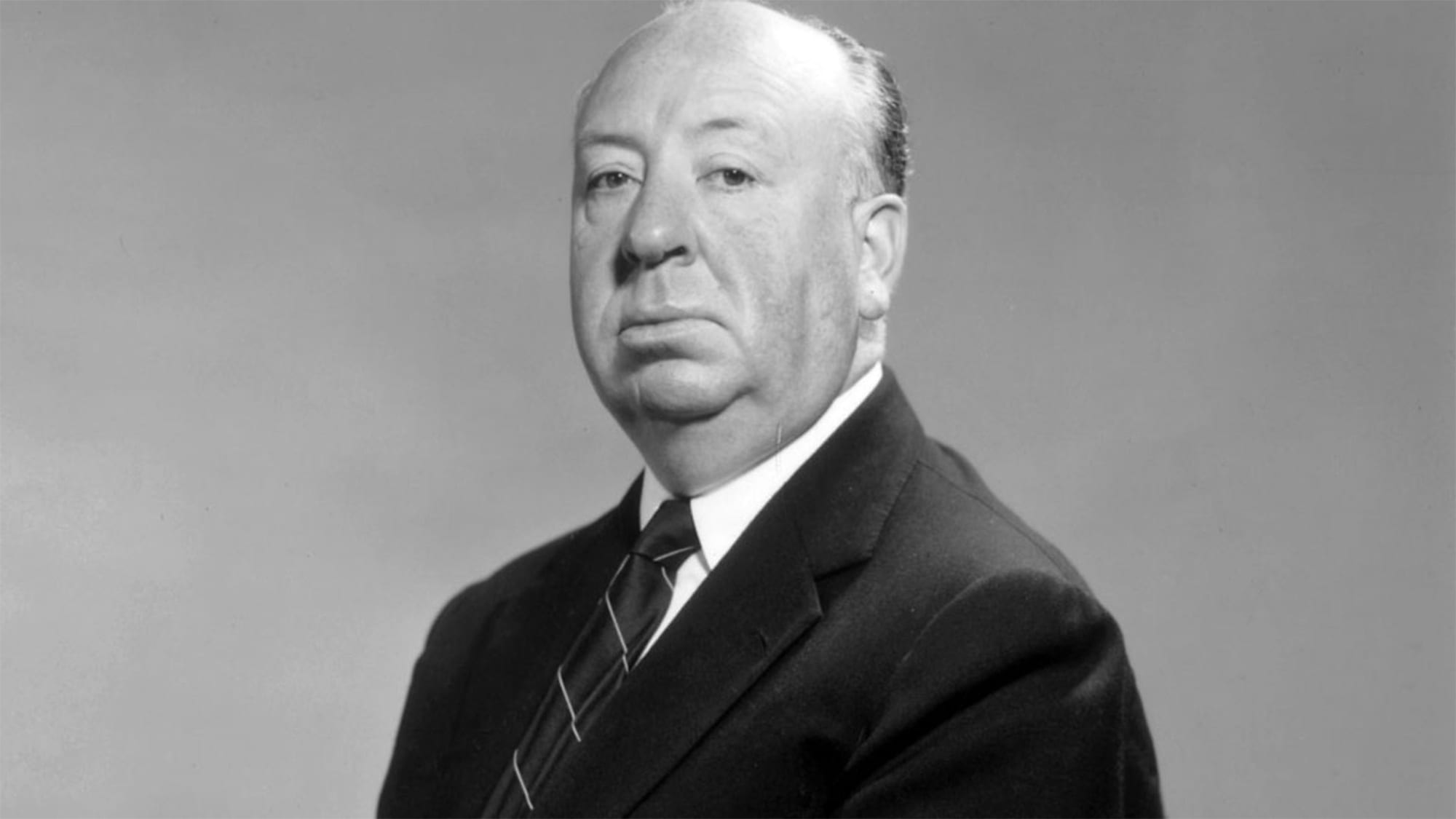
Ranking Alfred Hitchcock’s best movies for female representation
Between his notoriously sketchy treatment of women on set to his depiction of them in his films, Alfred Hitchcock remains a divisive filmmaker when it comes to women. Between the female stars he cast and the characters he cast them as, the filmmaker has repeatedly been criticized for a punishing perspective of women.
In his book Alfred Hitchcock: A Brief Life, Peter Ackroyd suggested that Hitchcock’s often perverse personal perspective of women seeped through into his cinematic one. “The sexual fantasies of his adult life were lavish and peculiar, and, from the evidence of his films, he enjoyed devising the rape and murder of women.”

Meanwhile, Roger Ebert once suggested that the “blond . . . icy and remote” women of Hitchcock’s movies were all treated in a similar manner: “Sooner or later, every Hitchcock woman was humiliated.” While there are certainly some films we agree on regarding this, we’re diving into other Hitchcock movies which actually provide captivating & unusual depictions of women that were well ahead of their time.
Counting down, here’s our ranking of Hitchcock’s best movies in terms of female representation.

12. Strangers on a Train (1951)
Hitchcock’s suspenseful conspiratorial film noir (based on Patricia Highsmith’s novel of the same name) is an undoubted masterpiece of intrigue – even if the subtextual use of the “depraved homosexual” trope in the character of Bruno (Robert Walker) is irksome in retrospect.
Though Miriam (Laura Elliott) is a promiscuous monster murdered for her cold-hearted lascivious ways, the rest of the women in the movie remain on the periphery of the story as moral radars, pointing as to whom they think is innocent or guilty.

11. North by Northwest (1959)
Eve Kendall (Eva Marie Saint) is a female character as defined by her duplicity in the story, as she is by her staggering beauty & sensuality. As a result, the character makes love on a train with Roger Thornhill (Cary Grant) and is dragged along Mount Rushmore like a woman forced on a hiking expedition for a first date. However, she’s far more integral to the story than Hitchcock’s wanton gaze of her suggests.

10. To Catch a Thief (1955)
It’s Grace Kelly and Cary Grant enjoying a romantic vacay together! The romantic caper is charming & dazzling, if a little overly simplistic. Still, the chemistry between Grant & Kelly is lit as ever and Frances Stevens (Kelly) is a hot-headed gem of a character with an audacious love for danger that’s delightful to watch.

9. The Man Who Knew Too Much (1956)
Doris Day is an unexpected standout in this thriller where she plays a female character who capably subverts Hitchcock’s usual icy blondes. Not only is she sweet & tender as the mother of a boy snatched by a terrorist organization, but she’s also dynamic & tenacious in her bid to save him.

8. Dial M for Murder (1954)
Margot Wendice (Kelly) using a pair of scissors to stab her attempted murderer is one of the most powerful images of Hitchcock’s overall ouvre – particularly as it shows a woman repurposing a domestic instrument into being an object of violent survival. Aside from that, however, Margot isn’t the greatest Hitchcock heroine ever devised, and she’s also the only main female character surrounded by male detectives, killers, and lovers.

7. Vertigo (1958)
Much has been said about how Vertigo (no matter how important a movie) is “still considered the last word in misogynistic creepiness”, as Kim Novak takes on dual ones, one of which is shaped into the ultimate fetish doll of James Stewart’s Scottie. However, as The Guardian once suggested, there’s an argument to be made that Vertigo “is not an example of misogyny, but an overblown, beautiful and tragic deconstruction of it.”
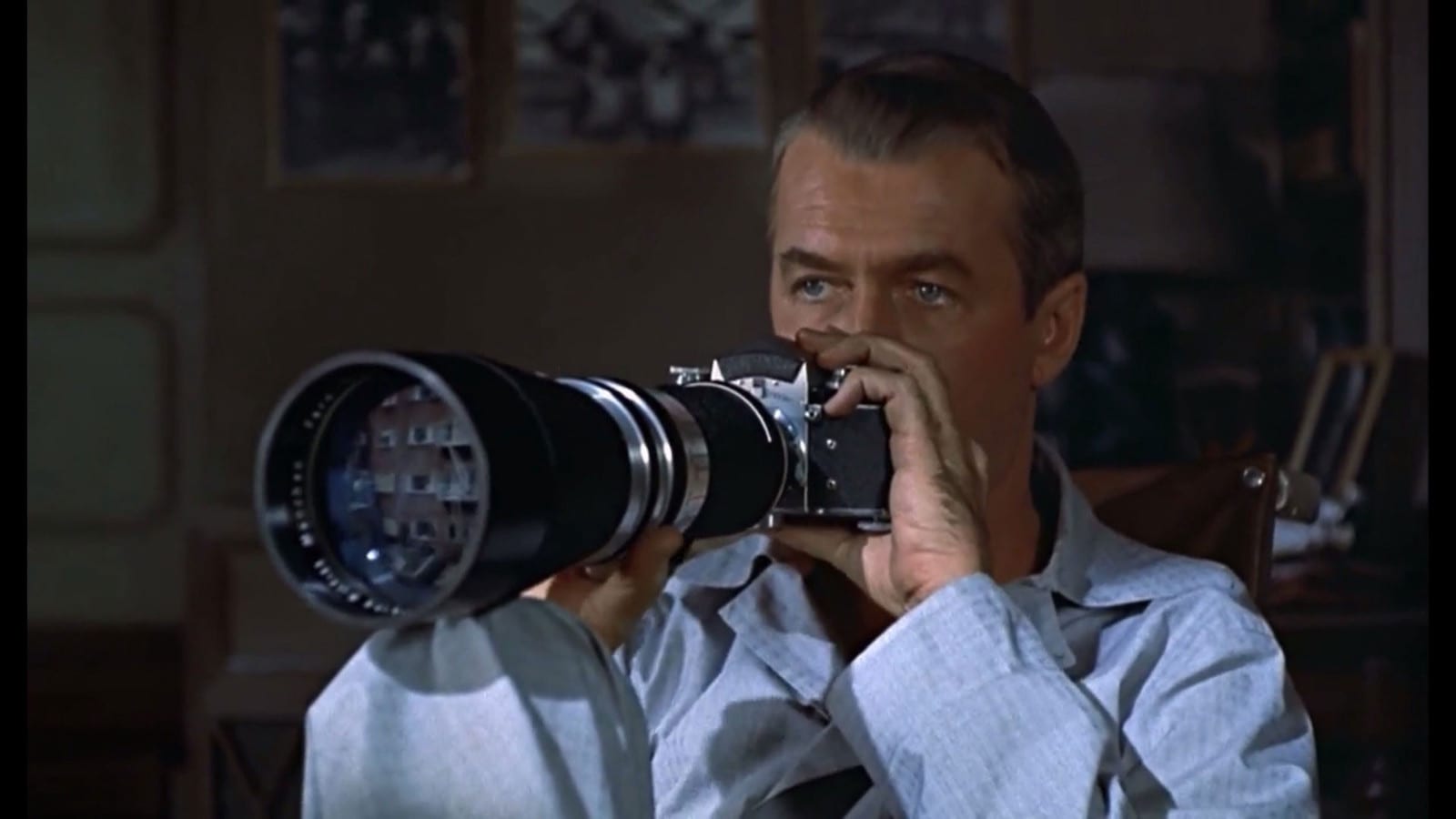
6. Rear Window (1954)
We could argue that via the voyeurism of Jefferies (Stewart), Rear Window is a tribute to the perverse power of the male gaze and that women don’t particularly factor into that narrative as active participants.
However, Thelma Ritter is exceptional as Jefferies’s quippy nurse and Kelly is as bodacious & intelligent a heroine as you could ever hope to see – even if we only touch the surface of her intrepid character.
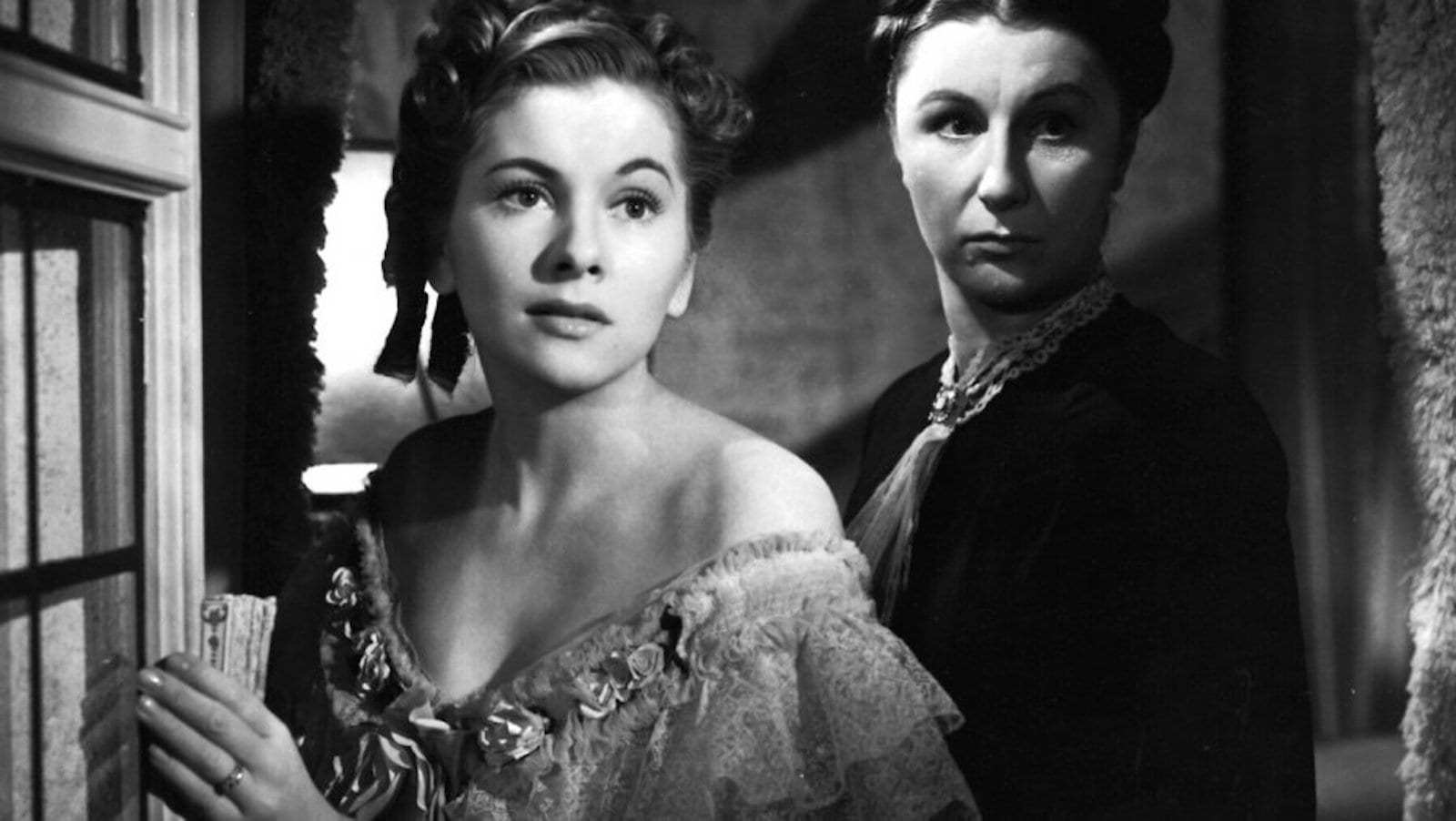
5. Rebecca (1940)
The gothic melodrama based on Daphne du Maurier’s classic novel features one of Hitchcock’s most intriguing & chilling lead female characters in the form of Mrs. Danvers (Judith Anderson) – a lonely housekeeper obsessed with the dead wife of her master.
The psychological back & forth between the character and the long-suffering Mrs. de Winter (Joan Fontaine) makes Rebecca a rare Hitchcock movie that revolves around two lead female characters in peculiar roles.
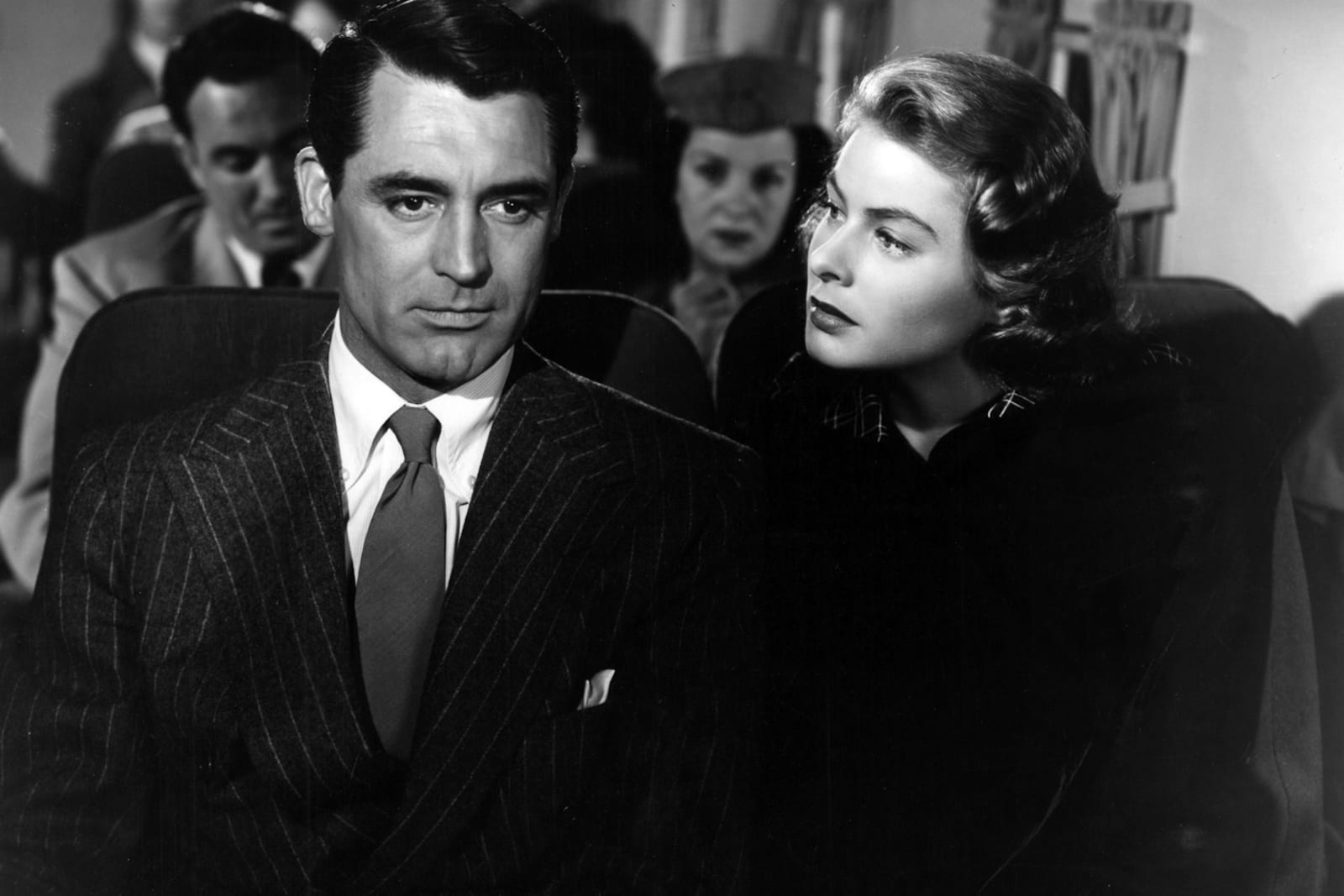
4. Notorious (1946)
One of Hitchcock’s rare attempts at romance actually draws an incredibly complex female character in the form of Alicia Huberman (Ingrid Bergman) – an undercover spy tasked with infiltrating a group of Nazis in South America.
Alicia’s mission becomes complicated by her falling in love with co-worker Devlin (Grant) while marrying family friend Alexander Sebastian (Claude Rains), but her role is never undermined by the romance. Alicia remains a powerful portrait struggling to consolidate her desires to do right by herself, her family, and her country.
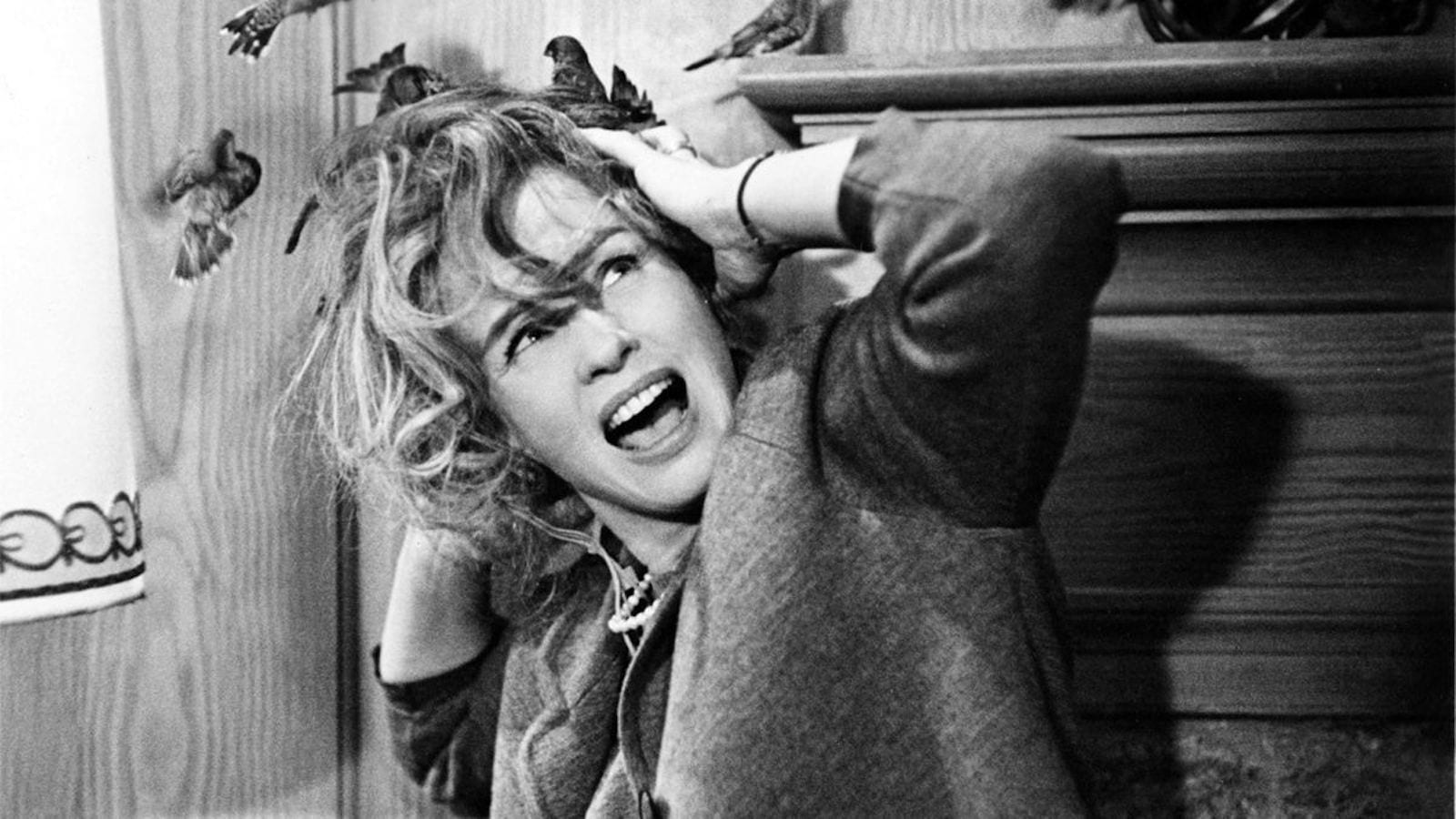
3. The Birds (1963)
The behind-the-scenes cruelty and sexual harassment of model-turned-actress Tippi Hedren at the hands of Hitchcock during the making of the film has been well documented and is galling to revisit in full. However, Hedren’s character (Melanie Daniels) is one of Hitchcock’s finest.
Daniels is a firebrand of a woman – a free spirit and prankster who does whatever the f%#k she wants. However, when nature starts going apesh!t, it’s fascinating to see the vulnerability splinter through the cool veneer even as she fights back.

2. Shadow of a Doubt (1943)
One of the most underrated & influential characters in cinema history has to be Charlotte (Teresa Wright) – a dissatisfied angst-ridden teenager who starts to suspect the uncle she idolizes might actually be a serial killer. The noir mystery hits some subtle incest beats that are challenging to get past, but ultimately Charlotte is compellingly complex. She’s a young woman fighting for survival and for peace of mind while also losing a pivotal part of her innocence in the process.

1. Psycho (1960)
All shower slaughter and voyeuristic glimpses of nudity aside, Marion Crane (Janet Leigh) is a subversive female character (particularly for the time) who simply seeks self-gratification & freedom at whatever cost. Likewise, her sister Lila (Vera Miles) is arguably the first archetypal final girl of horror, refusing to back down in her investigation of her sister’s disappearance and showing true tenacity in her disturbing search for answers.



